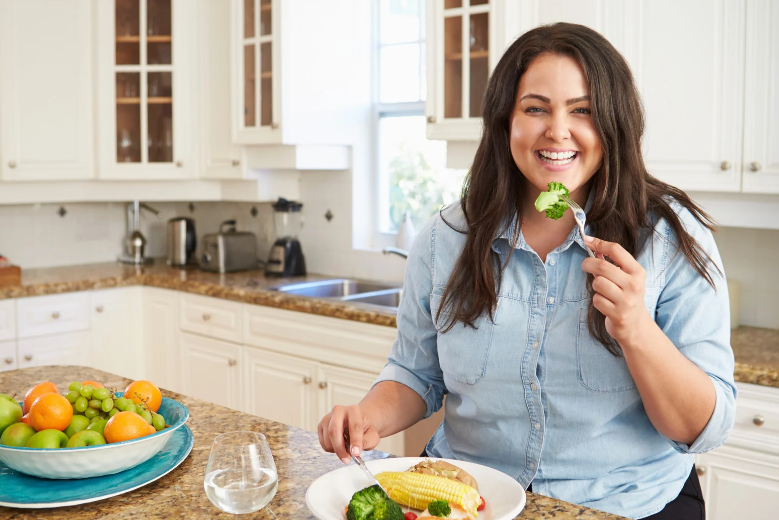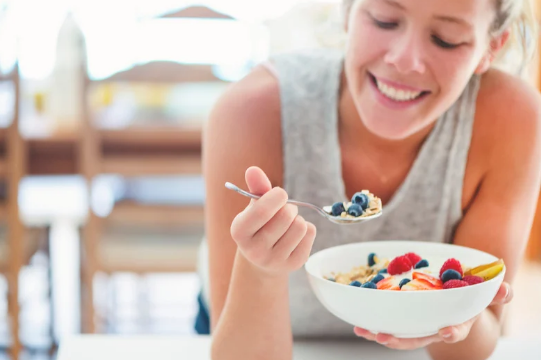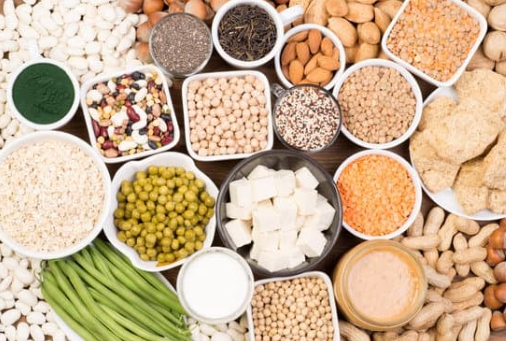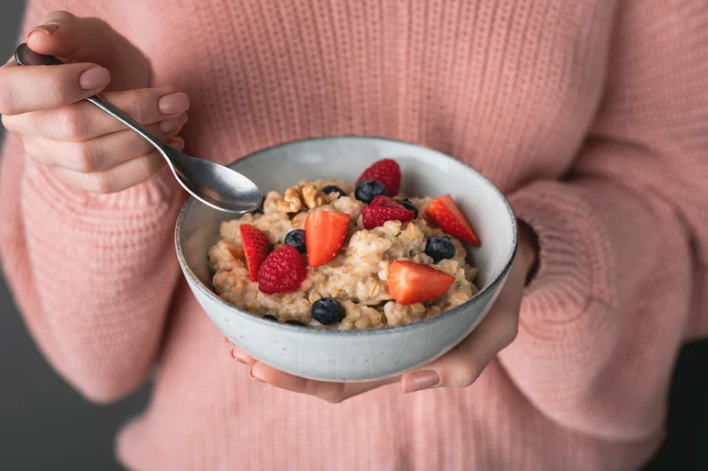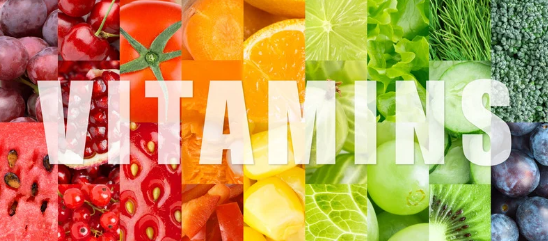When it comes to food likes and dislikes, many factors influence your preferences—childhood exposure, food insecurity, genetic
Thanks to the tenacity of today's scientists, there is some very intriguing research regarding food preference, flavor, taste and food cravings. While these areas of study are still in their infancy, here's a brief overview:
The Urge to Splurge: Have you ever tried to challenge yourself to eat just one spoonful of chocolate ice cream or one potato chip? Does one small nibble lead to a strong desire to eat the whole container or bag? If so, you have experienced the out-of-control behavior that can occur with highly-processed, flavor-charged foods that are high in fat, sugar and/or salt. These foods trigger the brain's reward system, releasing a brain chemical called dopamine that makes you feel terrific, leading you to eat more and more to extend those feel-good vibes. While your body does have a feedback mechanism to stop eating when full, it works much slower than the hand to mouth motion of eating. This means you'll have that box of cheese crackers devoured long before you'll feel full. Bottom line: Brain studies show that food cues such as sight, smell and flavor can bring about intense cravings—especially for people struggling with weight issues.
Bitter Genes: Scientists have discovered a bitter taste gene receptor in some people. As such, a person can be categorized as a:
- Supertaster: having extreme sensitivity to bitter tastes which are found in foods like coffee, tea, grapefruit and certain vegetables like broccoli and Brussels sprouts
- Medium taster: one who can taste
bitterness but not as intensely as thesupertaster - Non-taster: being insensitive to the bitter taste in foods
Tongue Papillae: Another classification of people's tasting ability is based on the number of papillae on the tongue. The papillae are those little bumps you see raised on your tongue, each of which houses several taste buds.
Don't throw your hands up in despair as you read this research overview. Having a preference for certain foods does not mean that your journey toward improved health is doomed. In fact, becoming more aware of your genetic make-up, tongue's anatomy and taste preferences can help you create a more successful plan. It's not a quick fix and it will take effort, but it can be done. Begin the process with these three steps
Step #1: Retraining Your Processed Palate
Note: If you are already using an eating plan that incorporates foods in a more whole, natural state, go straight to Step #2.
Make healthy eating a part of your daily routine by implementing some kitchen hacks and food swaps.
Makeover your kitchen. Spend time cleaning out the pantry, refrigerator and freezer. Get rid of the overly-processed foods, unhealthy food options and your trigger foods.- Develop meal plans and experiment with new recipes which use foods in a whole state.
- Be a savvy shopper. Make a grocery list and stick to it. Limit grocery store shopping to once weekly. Do not shop when hungry. Avoid those aisles with tempting, trigger foods.
- Steer clear of areas where food purchasing is made easy, including vending machines in the break room, coffee shops, gas stations and convenience stores.
- Pack your lunch and snacks for work.
Step #2: Make Produce More Appealing
Bitter taste and texture issues are the two main reasons why some people categorize most veggies and fruits as "yucky." With some slight tweaks in how you think about and cook these healthy eating must-haves, though, you'll be hitting up the produce section in no time.
- Purchasing: When it comes to produce, in-season items can have a big impact on acceptance. Aim to purchase locally grown produce at a farmers market, Community Supported Agriculture or a you-pick-it farm. In-season produce that is picked at its ripest contains more natural sugar and is, therefore, less bitter. When the fruit or vegetable you want isn't available fresh, use canned or frozen varieties.
- Cooking:
- Cook veggies correctly. Roast, grill or bake vegetables and fruits to caramelize the natural sugars and increase the sweet flavor. Overcooking will increase the bitter taste.
Add-Ons : Adding a sprinkle of sweetness will help to mask bitter flavors. Fresh or dried herbs and spices can also enhance the flavor of theproduce . Adding a little fat will coat the receptors on the tongue and decrease the bitterness. It doesn't take much to do the trick—a small amount is all that is needed.- Vegetables:
- Sauté vegetables in olive oil or vegetable oil.
- Use a touch of sugar, brown sugar, honey or molasses when preparing cooked vegetables.
- Use herbs, spices, pepper and/or a sprinkle of salt to mask the bitter flavor.
- Serve raw vegetables with "full-fat" dip, salad dressing or cheese sauce, taking care to keep portions in check.
- Serve cooked vegetables with a small amount of full-fat cream sauce or cheese sauce.
- Add a dash of Parmesan cheese or a sprinkle of sharp cheddar cheese to vegetables.
- Sneak vegetables into soups, stews and casseroles.
- Fruits:
- Serve fruits at room temperature. Refrigerated temperatures can heighten the bitter flavor.
- Broil or grill fruits such as bananas, peaches, plums or pineapple. Serve with a drizzle of honey or dollop of vanilla yogurt for a sweet dessert.
- Bake apples or pears with a sprinkle of brown sugar and cinnamon.
- Serve grapefruit and other tart or sour fruits with a sprinkle of sugar or drizzle of honey.
- Vegetables:
Step #3: Stay Focused and Keep It Going
Stick with the change; you can retrain your taste buds. Your food preferences will adapt and food cravings will decrease, but this can take several weeks. It can then take nine to 12 months for these changes to really become the new normal. But beware—backsliding into bad habits can occur quickly and easily. Returning to those old eating habits will over-stimulate taste buds and the brain pleasure center, leaving you back at square one all over again.




